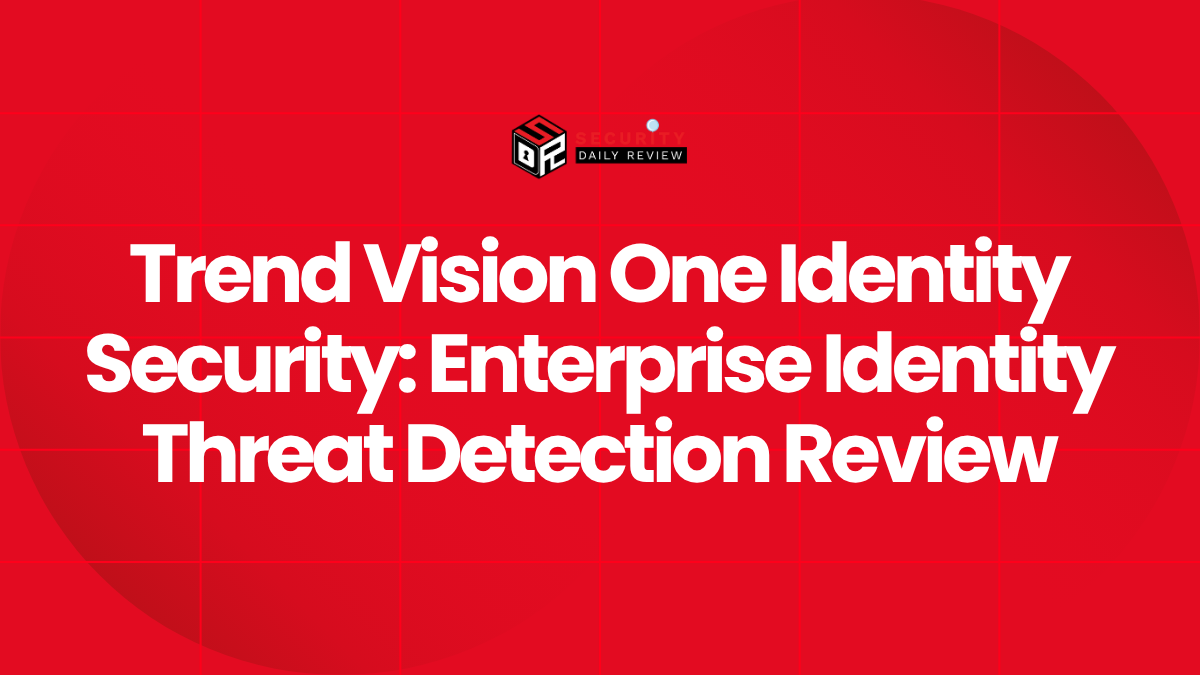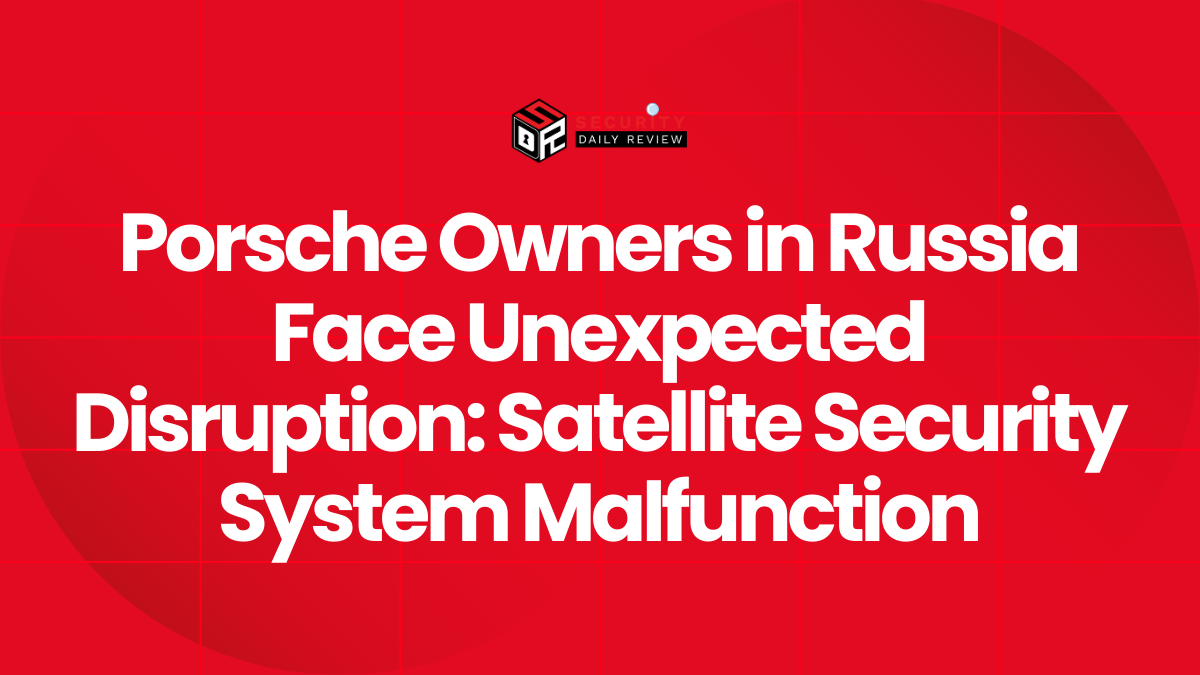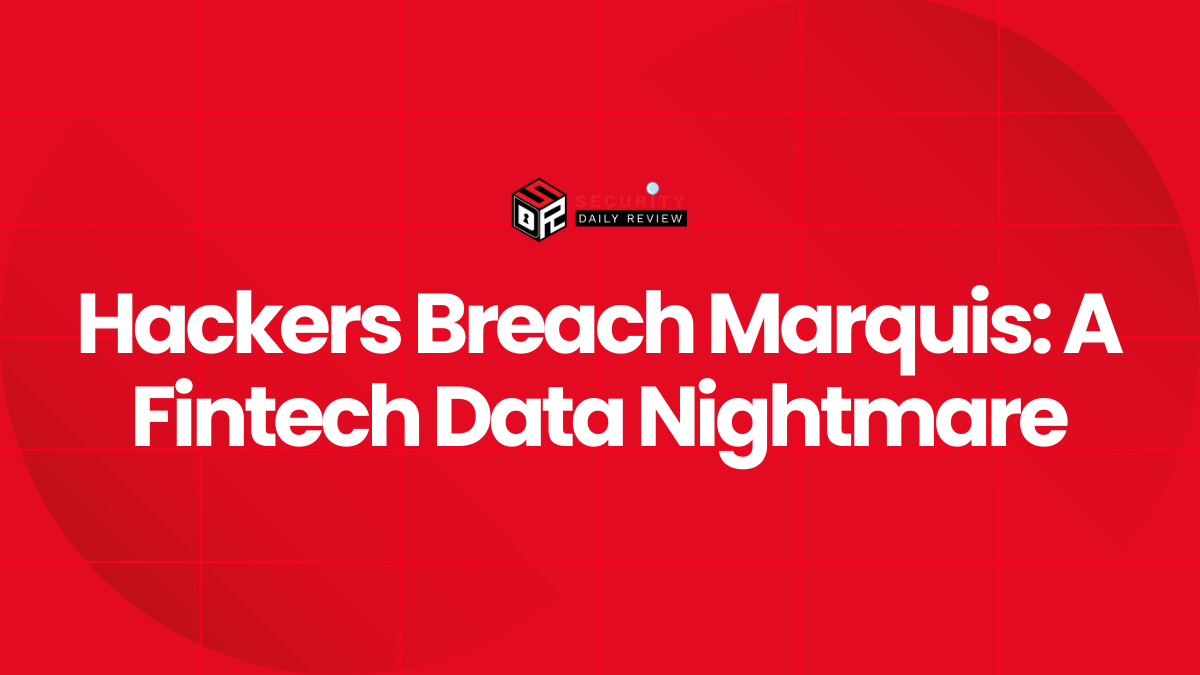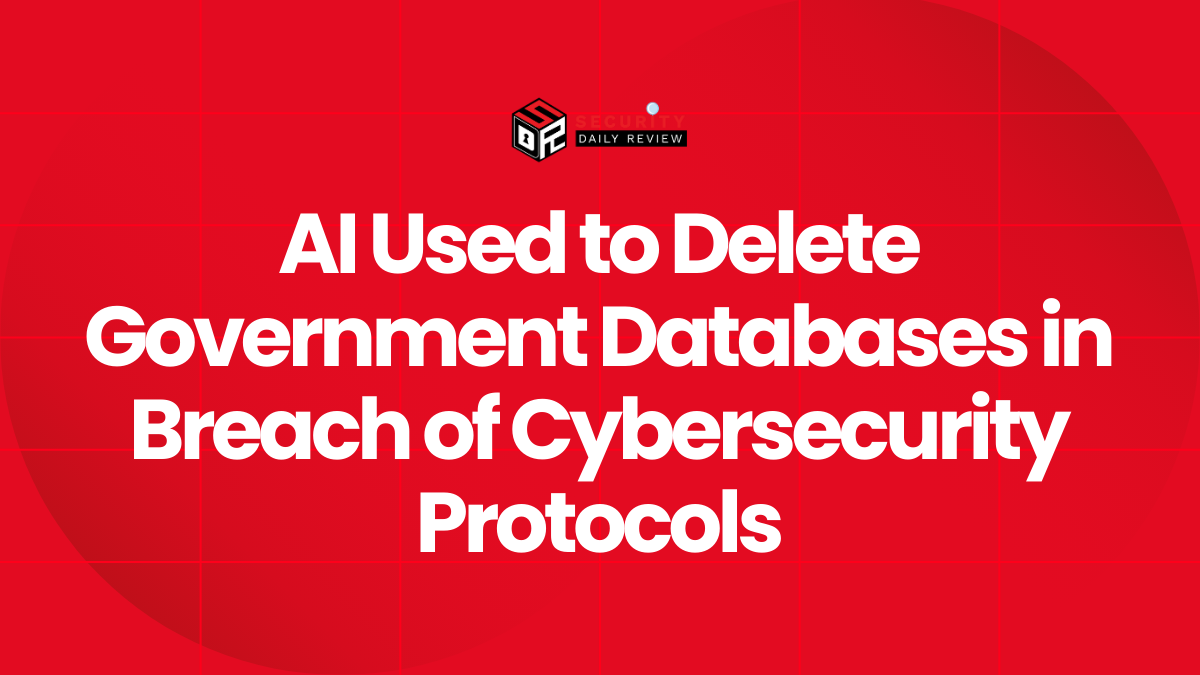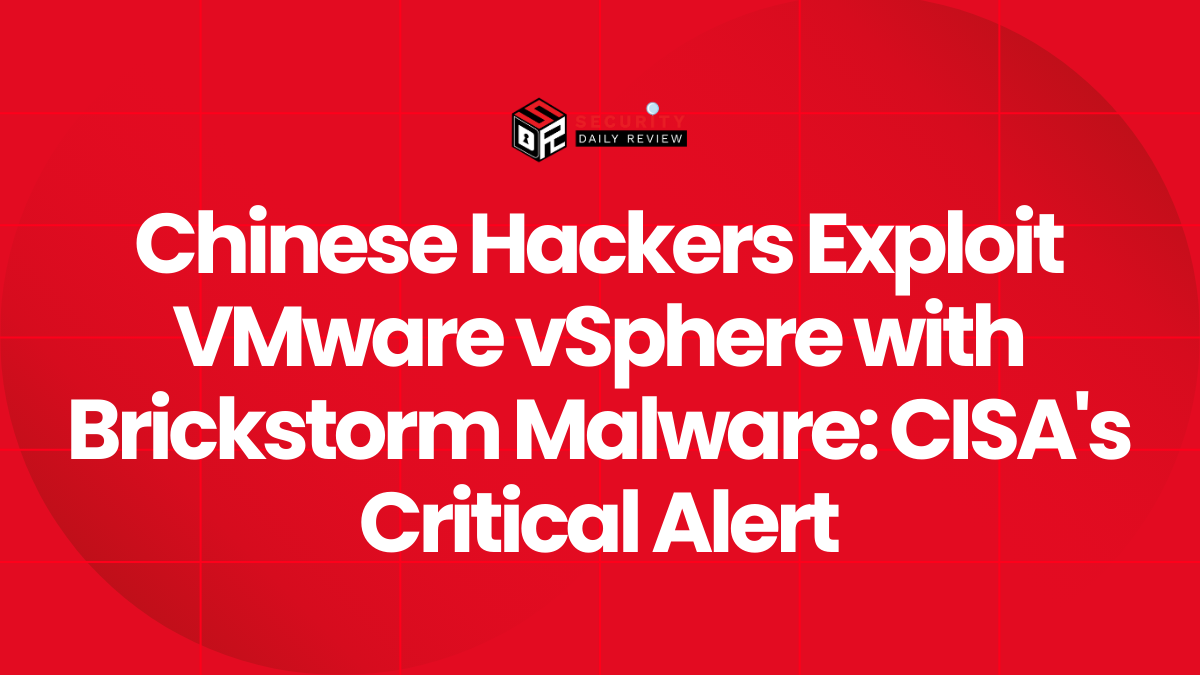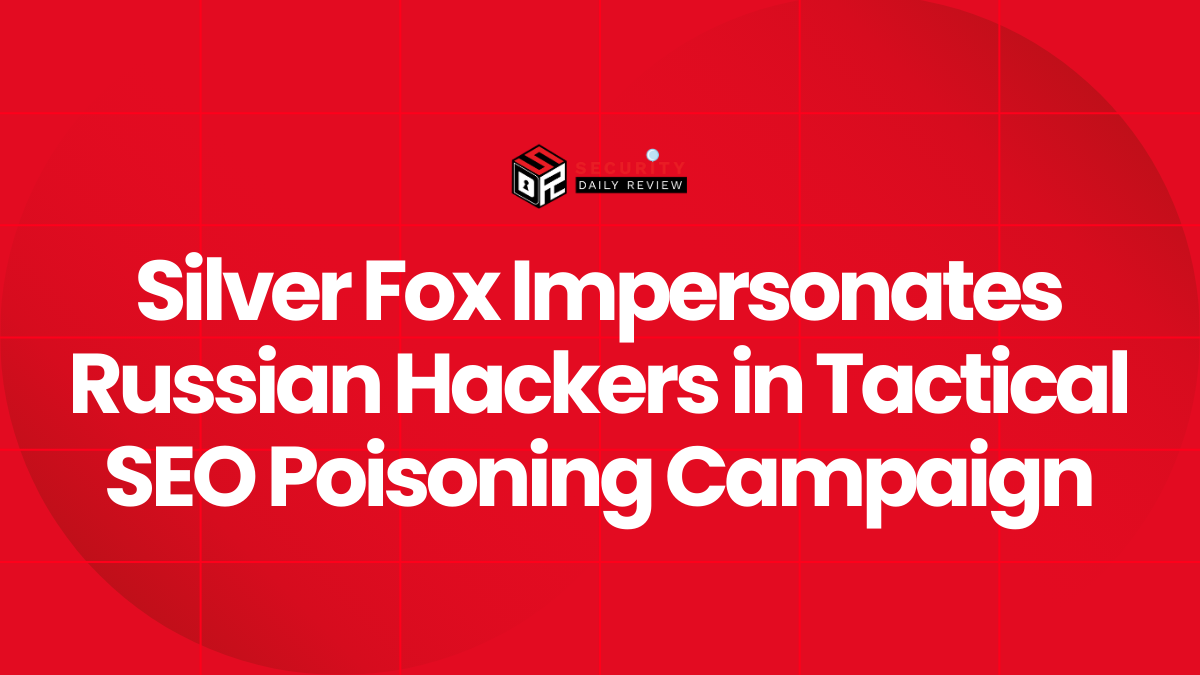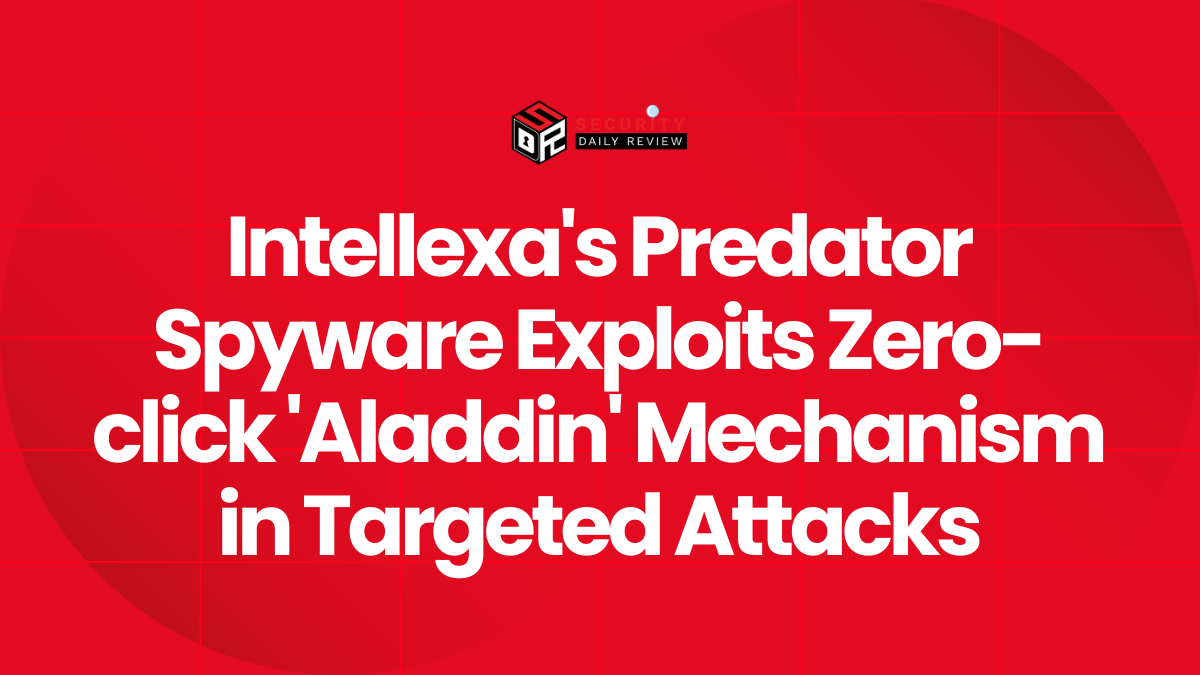Trend Vision One Identity Security offers a compelling and broad platform for enterprises needing comprehensive identity visibility and risk management. It excels at providing a unified inventory of identities, understanding privileges across on-premises and cloud, detecting anomalous identity behaviour, and supporting automated response workflows. While it is part of a larger security suite and not purely identity-focused, its identity-centric modules make it a strong choice for CISOs who recognise identity as a primary attack vector. Implementation and tuning effort should be planned, and organisations should evaluate how it integrates with existing identity, access and security operations tools.
What is Trend Vision One Identity Security
Trend Vision One Identity Security is a module within the broader Trend Vision One cybersecurity platform that emphasises identity-centric security—both identity posture and identity-based threat detection. It enables enterprises to inventory human and machine identities, review entitlements, assess misconfigurations, detect anomalies in identity behaviour, and automate remediation across hybrid environments. By treating identities as critical assets and connecting identity telemetry with threat detection, the platform helps security teams shift from periodic audits to continuous identity risk management.
Among the features, it includes identity inventory capabilities for both cloud and on-premises identity sources, entitlement visibility, role and privilege mapping, behavioural analytics of identity activity, and automation of response actions when identity risk is detected. It ties into other modules of the platform (endpoints, email, network, cloud) so identity risk data can feed broader detection and response workflows.
Who Should Use Trend Vision One Identity Security
This solution is best suited for:
- Large and mid-sized organisations with hybrid identity infrastructures (on-premises directories like Active Directory and cloud identity providers) and substantial numbers of both human and non-human identities (service accounts, API keys, automation agents).
- CISOs and identity/security teams seeking to prioritise identity risk, enforce least privilege, detect compromised credentials or insider threats, and satisfy identity-related compliance demands.
- Enterprises undergoing transformation into zero trust architectures, where identity visibility and continuous verification are foundational.
- Organisations already using (or willing to invest in) broader security telemetry and willing to integrate identity security into their SOC, SIEM/soar and security operations processes.
Smaller organisations, or those without many identities outside standard user accounts, may find fewer immediate benefits unless their identity attack surface is already a material concern.
Trend Vision One Identity Security Key Features and Capabilities
Identity Inventory and Privilege Visibility
One of the platform’s strengths is the identity inventory capability for both cloud and on-premises systems. It ingests identity data from identity providers, directories, groups, entitlements and service accounts. It then allows security teams to see, for each identity, what privileges and entitlements exist, which accounts are stale or orphaned, and which may be over-privileged or misconfigured. This visibility enables prioritisation of identity-risk reduction efforts.
Identity Security Posture and Risk Scoring
Trend Vision One assigns risk scores or posture categories to identities based on factors such as entropy of privileges, stale authentication methods, legacy protocols, service-accounts with elevated rights, or unusual access patterns. It highlights high-risk identities so organisations can remediate first. The posture management capabilities help enforce least privilege and reduce the identity attack surface proactively.
Behavioural Analytics and Anomaly Detection for Identity
The platform monitors authentication and access events, detecting deviations from baseline patterns that might indicate compromised credentials, lateral movement, insider threats or misuse of service accounts. For example, logons from unusual locations or times, privilege escalation events, or use of service accounts beyond expected patterns can trigger alerts or automated actions. This helps shift identity threat detection from reactive to proactive.
Automated Response and Integration
When identity-based risk or threat is detected, the platform supports automation through playbooks and response workflows (for example requiring multi-factor authentication, disabling an account, alerting SOC teams, revoking unnecessary privileges). Integration with other security telemetry sources (endpoints, email, network) means identity signal can be combined with other threat signals for richer investigations and faster containment.
Unified Dashboard and Executive Visibility
The platform includes dashboards tailored for identity security posture, showing risk trends, high-risk identities, remediation progress, and exposure across cloud/on-premises. For CISOs, this provides a way to report on identity security metrics (privileged account reduction, orphan account remediation, unusual identity events) and support business-level decisions around identity risk.
Multi-Domain, Hybrid and Non-Human Identity Coverage
Modern identity environments include not just user accounts but service accounts, automated identities, cloud roles and machine identities. Trend Vision One Identity Security acknowledges this by offering visibility for non-human identities and hybrid environments, enabling enterprises to manage identity risk across all identity types rather than just human workforce accounts.
Security and Compliance Advantages of Trend Vision One Identity Security
By focusing on identity as a key attack surface, Trend Vision One Identity Security helps organisations enforce least-privilege, detect credential misuse, and reduce exposure to identity-based threats. This aligns directly with modern security frameworks emphasising zero trust and continuous verification of identities. From a compliance perspective, the platform supports generating audit-ready reports for identity-related issues (privilege reviews, stale accounts, orphaned identities, service account abuse). It also helps with regulatory frameworks requiring identity management controls, such as ISO 27001, NIST, GDPR, and sector-specific regulations.
Pros and Cons of Trend Vision One Identity Security
Pros:
- Comprehensive visibility into human and non-human identities, entitlements and privileges.
- Strong identity posture management, risk scoring and prioritisation capabilities.
- Behavioural analytics focused on identity events add value beyond static privilege reviews.
- Good hybrid environment support (cloud + on-premises) and non-human identity coverage.
- Executive dashboards and identity-centric metrics useful for CISOs and governance teams.
Cons:
- Identity-centric scope means organisations still need complementary detection tools for endpoints, network or workload telemetry not covered by identity modules.
- Setup, tuning and integration across diverse identity sources and hybrid infrastructures can be time-consuming.
- Depending on licence structure and modules used, costs may increase as identity volumes and complexity grow.
- Some organisations may need to build internal capability for identity behaviour baseline and tuning to reduce false positives.
Trend Vision One Identity Security Pricing and Licensing Expectations
Pricing for Trend Vision One Identity Security is typically based on number of identities, modules selected (identity posture, identity threat detection), and breadth of coverage (cloud, on-premises, non-human identities). Because it is part of a broader platform, bundling options may apply. Enterprises should evaluate cost not only in licence fees but also operational savings (reduced audit findings, less identity-based breach risk, faster remediation).
Trend Vision One Identity Security Deployment Considerations
To successfully implement Trend Vision One Identity Security:
- Inventory all identity sources including directories, cloud identity providers, service accounts, non-human identities and entitlements.
- Establish baseline identity behaviour and privilege structures so analytics can identify meaningful deviations.
- Define remediation workflows and ownership (who acts when a high-risk identity is flagged, SLA for action).
- Integrate identity telemetry with broader security operations (SIEM, SOAR) so identity-based alerts feed detection and response processes.
- Monitor identity-risk dashboards regularly and engage governance and compliance teams to act on metrics and trends.
- Plan for scalability and hybrid environment complexity (cloud + on-premises) and ensure agents/connectors and identity sources are properly configured.
Final Recommendation
For enterprises that recognise the growing importance of identity-centric attacks and want to elevate identity security to a strategic level, Trend Vision One Identity Security is a well-rounded solution. It brings together privilege visibility, behavioural threat detection for identities, and automated remediation in a hybrid modern environment. CISOs aiming to prioritise identity risk reduction, enforce least-privilege systematically and integrate identity threat signals into broader security operations will find strong value here. Organisations with large identity estates, non-human identities, cloud-hybrid infrastructure and compliance demands will benefit most. While it may require effort to deploy and integrate fully, the pay-off in improved identity hygiene, reduced exposure and faster threat detection can be significant.

